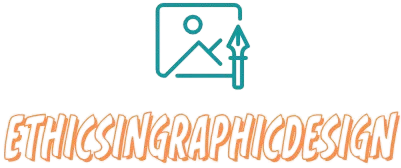How to Design for Different Industries
Designing for different industries requires an understanding of their unique characteristics and target audiences. Here are some general steps to follow when designing for different industries:
Research the industry
Start by conducting thorough research on the specific industry you’re designing for. Understand its market trends, target audience, competitors, and design conventions specific to that industry. This will help you gain valuable insights and make informed design decisions.
Understand the target audience
Every industry has a specific target audience with unique preferences and needs. Take the time to understand the demographics, behavior, and preferences of the target audience you’re designing for. This will allow you to create designs that effectively communicate with and resonate with the intended audience.
Define the goals and objectives
Determine the goals and objectives of the design project based on the industry’s requirements. This could include increasing brand awareness, improving user experience, driving conversions, or establishing credibility. Defining clear goals will guide your design decisions and help you deliver effective results.
Follow industry best practices
Each industry has its own design conventions and best practices. Pay attention to typography, color schemes, imagery, and layout styles commonly associated with that industry. Using familiar design elements will help users easily recognize and understand the industry context.
Consider industry regulations and compliance
Certain industries, such as healthcare or finance, have strict regulatory requirements that designers must adhere to. Familiarize yourself with any legal and compliance guidelines specific to the industry to ensure your designs meet the necessary standards.
Collaborate with industry experts
If possible, collaborate with industry experts or stakeholders who have extensive knowledge and experience in the field. Their insights will help you gain a deeper understanding of the industry’s nuances and enable you to create more effective designs.
Tailor messaging and visuals
Customize the messaging and visuals to align with the industry’s tone and brand image. Reflect the industry’s values, language, and unique selling propositions in your design elements. This will create a visual identity that resonates with the target audience.
Test and iterate
Conduct user testing and gather feedback throughout the design process. Iterate on your designs based on the insights you gather to ensure they effectively engage and communicate with the intended audience. Feedback from target users and industry professionals can be invaluable in refining your designs.
Remember, every industry is unique, and designing for different industries requires adaptability, research, and a deep understanding of their target audience and goals. By following these steps, you’ll be able to create impactful designs that meet industry-specific requirements and resonate with the intended audience.



